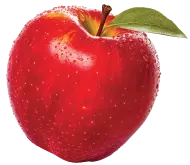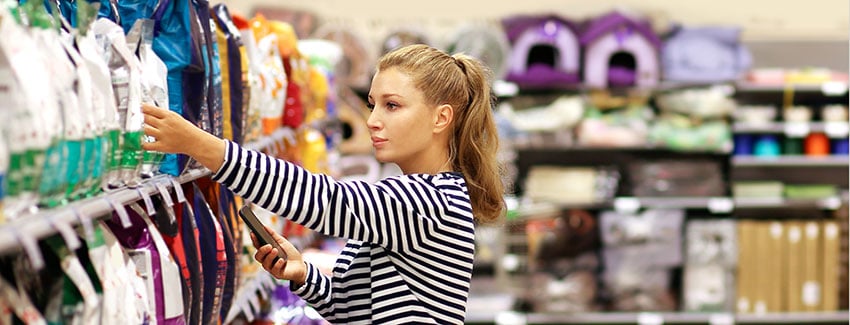
Sustainability – a wasted opportunity
Pet food lags market in sustainable packaging
Sifting through my inbox at the beginning of each year is always a bit daunting, so it’s not surprising I just unearthed a Mintel report from the first week of the new year. It’s on the state of sustainable packaging for pet food. The author, Kate Vlietstra, global food & drink analyst, wrote “brands must reassure pet owners of sustainable packaging credentials and guide them through the complex world of sustainability jargon.”
Personally, I think a sustainability jargon guide would be helpful for all packaging not just pet food. I can’t imagine I’m the only person with recycling angst. Have you ever found yourself rooted in front of the recycling bin wondering, is it or isn’t it? Well, I have. A lot.
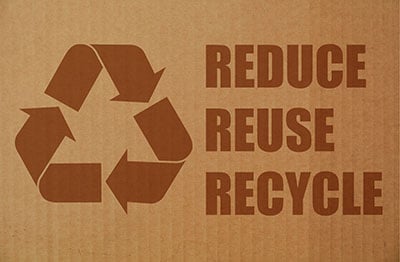
While this issue goes well beyond pet food, I’m only going to discuss sustainable pet food packaging here.
It’s not easy being green
The Mintel report states that pet food lags behind human food in its sustainable packaging efforts. Last year, sustainable packaging claims appeared on 19% of global new food product introductions and only on 14% of pet food ones. The lag here is evident considering pet food trends generally follow human food trends. We see it in other pet food packaging claims from clean label to plant-based ingredients. Pet parents want the same things for their pets as they do for the rest of their families.
Sustainable packaging claims –> recyclable, biodegradable, carbon neutral, environmentally friendly packaging (reported on from Mintel GNPD database)
For the pet food segment to catch up on their sustainable packaging creds, the report outlined that brands need to:
- Demonstrate their sustainability credentials
- Educate consumers on the terminology – what’s recyclable, what’s not what does biodegradable mean, how does compostable packaging work, what does carbon neutral mean?
- Clarify the benefits of green packaging – give consumers a reason to believe/buy; don’t leave people guessing, spell out what you’re doing and why
- Address the cost issue related to sustainable packaging
In the U.S., more than a third of grocery shoppers currently choose or plan to choose products based on their sustainability efforts. Sustainability concerns are only going to increase. Instead of being a value add for products, sustainability will be expected.
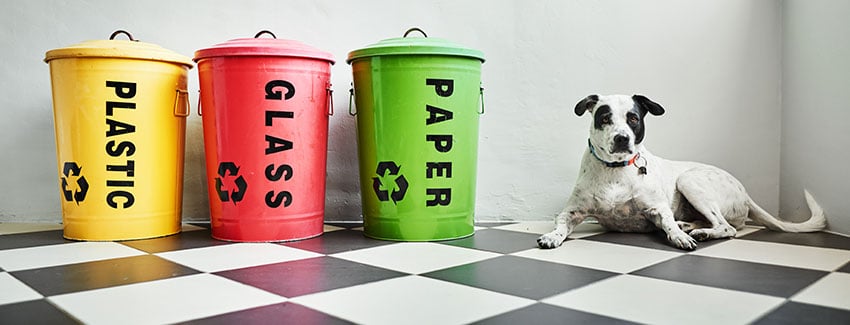
Cost & recyclability
In an interesting turn of events, consumers believe products with sustainable packaging cost more. Yet since people believe brands should make sustainability a priority, they’re not willing to pay more for brands with sustainable packaging. Here’s the disconnect. Pet food product launches without a sustainable packaging claim cost more. Yep. Had to reread that several times.
Here’s where education comes in again. Pet food brands have an opportunity to spread the word that being green doesn’t have to cost more.
Despite desire from pet owners for recyclable packaging (70% of American pet food shoppers think pet food packaging should be easier to recycle), there aren’t many options. The bulk of new product launches are made in convenient flexible pouches. The multilayer plastic pouches are easy to use, but not to recycle. Mintel says only one in 10 global pet food launches carries a recyclable claim.
This Mintel report says to me there’s a missed opportunity with sustainability for pet food brands. Demand is there. Pet owners want to buy sustainable products. Brands just need to look at ways to make it possible and then communicate the benefits effectively.
Walking the walk
Ingredients are packaged too. It would be disingenuous for me to talk about petfood industry sustainable packaging efforts without looking inward. At Tree Top we try to be as transparent as possible and continue improvements in the reduction of our environmental impact, chronicling our progress annually. We track and report our energy, water, and carbon emissions, among other activities as part of our commitment to minimizing the impact of our business on the environment and our community.
Sustainability is never far away. It’s at our core – it’s the reason our company came into being. Tree Top was established in 1960 as a grower-owned agricultural cooperative to save excess, ugly fruit that wasn’t acceptable for the fresh market from going into landfill. Our founding growers didn’t want to see healthful fruit go to waste.
We work continually on light-weighting or reducing the number of materials used to create packaging while maintaining its integrity. Our bulk corrugated packaging is optimized by reducing the board combination of materials. Going a step further, we implemented reusable packaging with key accounts, ultimately eliminating the need for corrugate all together.
Let’s talk about supplying your ingredients in sustainable packaging.
Reference: Mintel Insight, “Help Pet Owners to Navigate Sustainable Packaging,” Kate Vlietstra, global food & drink analyst, Jan. 5, 2022.

